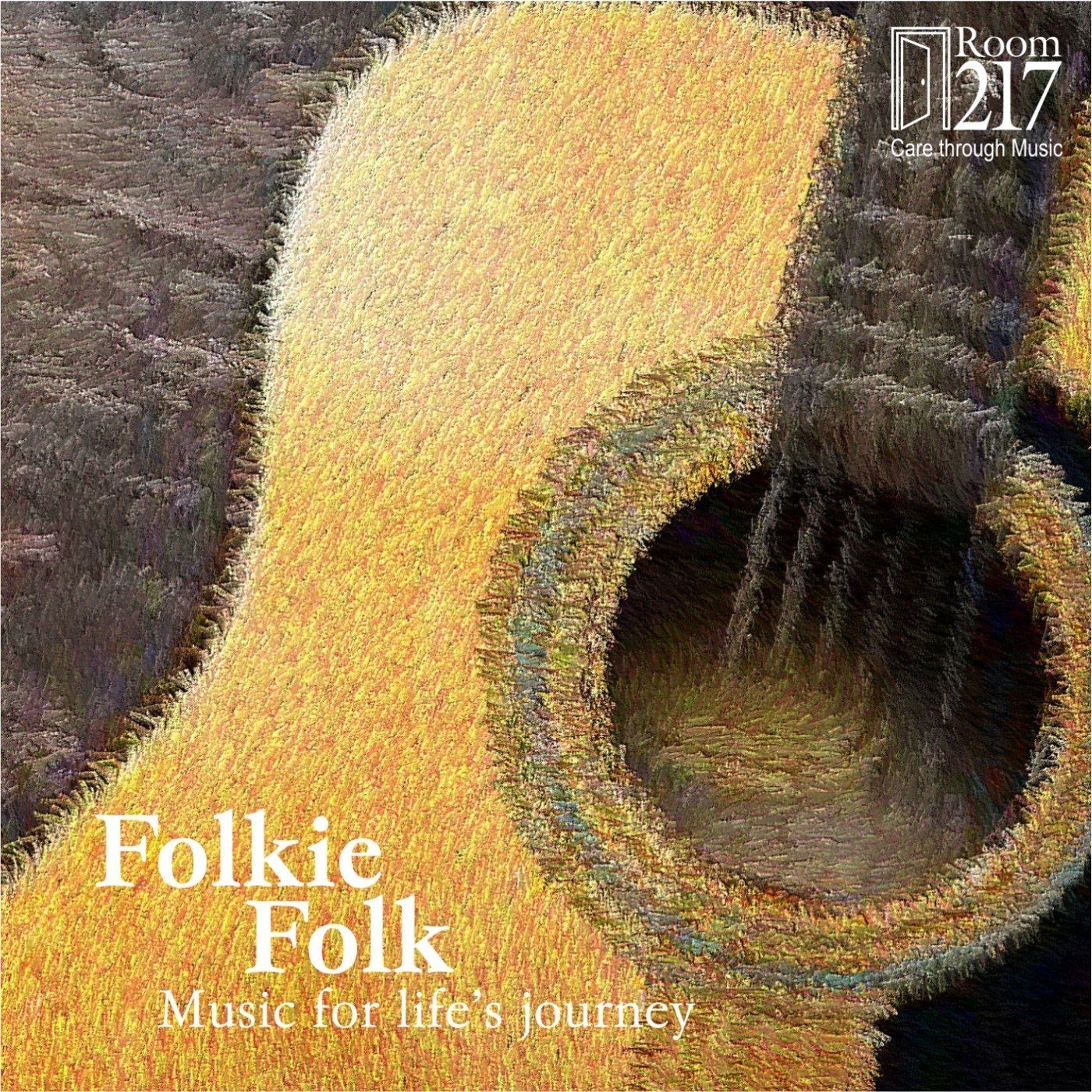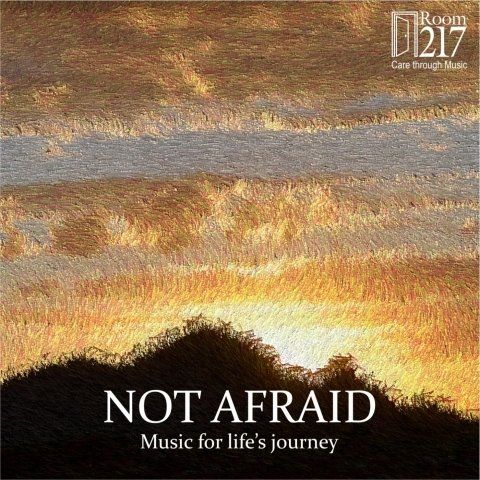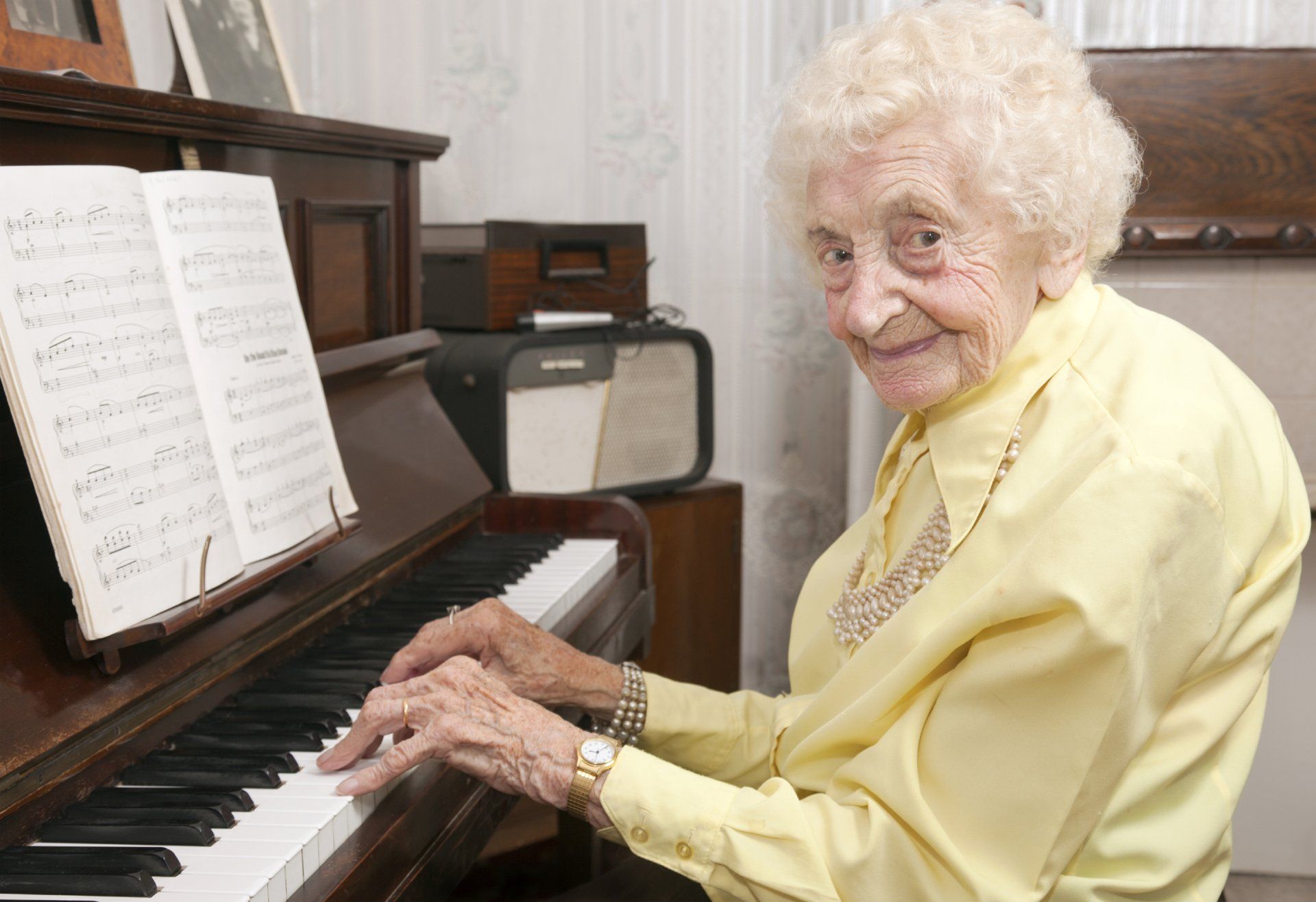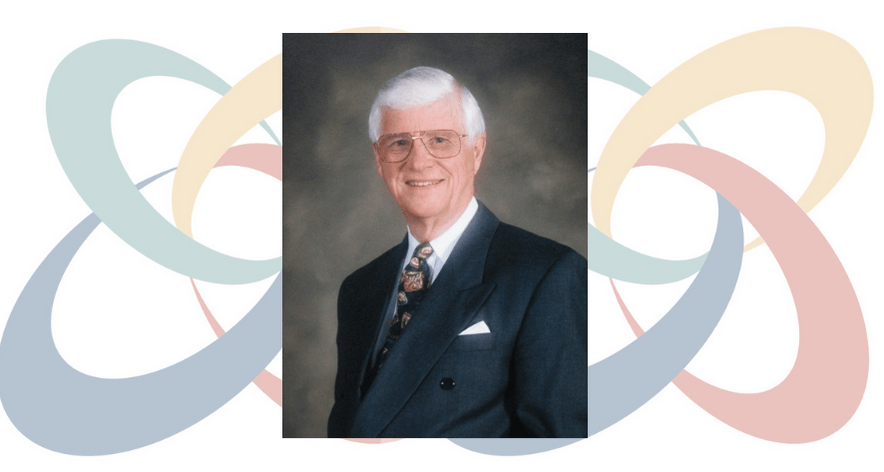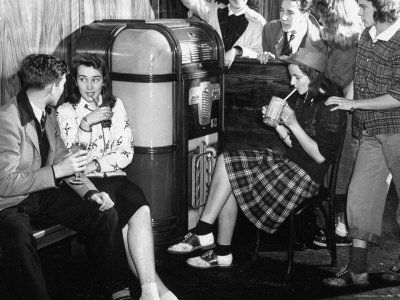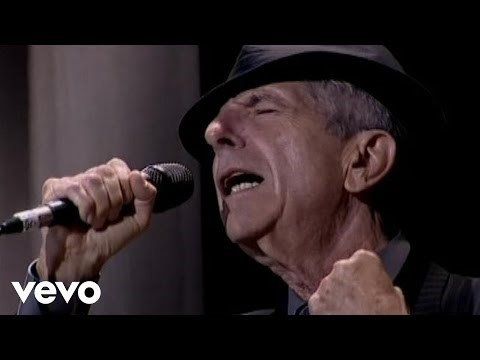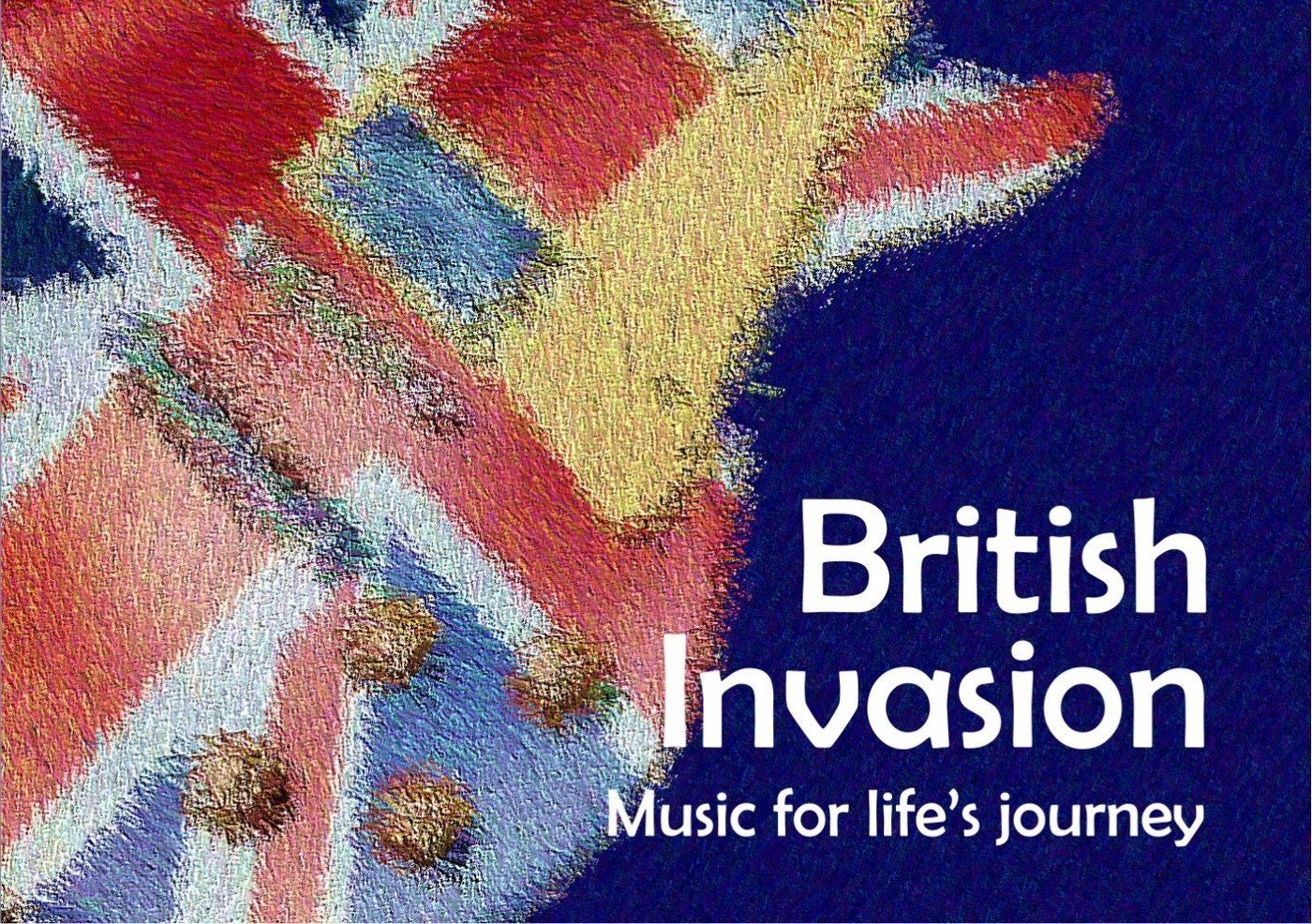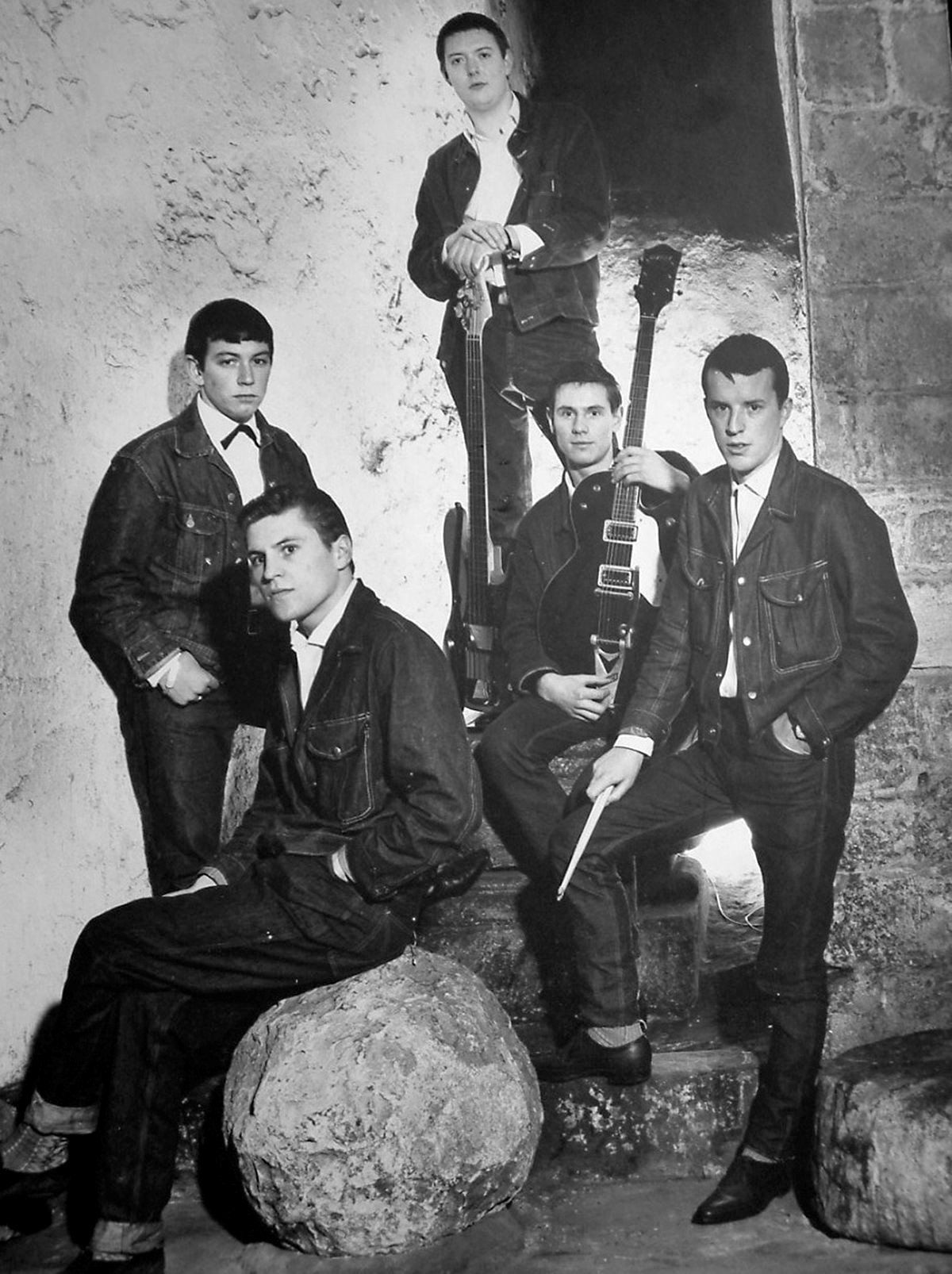5 Reasons to Embrace Technology in Music Care Delivery
Music care delivery can happen in a number of ways. Technology is one of them.
We have seen through the pandemic that technology and digital platforms have kept us connected and able to interact, showing the ever growing need to embrace music in care in various technological formats.
We’ve also noticed that in care settings, many of those who previously “firewalled” the use of personal devices prior to March 2020, have now opened-up access through their internal WIFI networks.
Many families over the past two years have been able to connect with loved ones - whether stuck at home by restrictions or living in residential care - through the use of personal devices.
Technology has now become an essential dimension in delivering music care. Frontline caregivers, like health care and recreation aides, can use phones, tablets, and smart TVs on a regular basis to deliver music for programming and enriching the lives of the individuals in their care.
Professional practitioners such as music therapists use technology as an integral part of their practice for outcomes of socialization and comfort care. For example, Aaron Lightstone in Toronto leads a group of adults living with cerebral palsy in a weekly group called Bliss iBand. JB Music Therapy in Calgary is using robotics to deliver music therapy to clients in hospitals.
In the UK, family caregivers of people living with dementia have digital access to music that will help them create personalized playlists for their loved ones through a comprehensive and free-to-use program called Playlist for Life, in association with the BBC. Targeted tools and resources can be downloaded from their website.
Digitized and personalized playlists can be important for supporting our own self-care. In her new book, Wellness, Well-played: the Power of a Playlist, Jennifer Buchanan reinforces this idea saying that technology allows us to take our entire music library with us and to arrange it into playlists for particular purposes such as sport, work and supporting our mental health.
Whether you are a frontline caregiver, professional practitioner, family caregiver, or someone who uses music for self-care, here are five reasons to embrace technology for music care delivery.
- Digital delivery platforms allow music to become more accessible, anywhere, anytime on your personal devices. You can buy music in a digital file format for download from iTunes or Bandcamp. You can stream music to borrow – for a rental fee - from Spotify, Tidal, and Apple Music. This accessibility extends into making treatments more widely available as Brian Harris is doing with MedRhythms Digital Therapeutics.
His company is developing music-based treatments for individuals with acquired brain injury and other neurological deficits to help improve walking.
- Adaptive technologies help musicians with disabilities make music. Take for instance the virtual music instrument
which assists Eric Wan make music meaningfully after his life-altering accident. Or other adaptive technologies that the Vancouver Adaptive Music Society
uses. Virtual reality and artificial intelligence are providing musical experiences for certain populations like this group of residents living with dementia.
- Adaptive technologies help people better hear and understand
sound and music. There has been a tremendous advancement in hearing aids to amplify sound. Sound processing and frequency response has improved. Companies like Starkey
are using AI to allow hearing aids to track body and brain health, eliminate feedback and make listening in noisy environments comfortable. Cochlear implants
which stimulate sound, use sound processors to bypass damaged portions of the ear to deliver sound signals to the auditory nerve. Signals are sent to the brain making understanding speech easier.
- Sound and music interventions can be less invasive
and still have optimal impact on targeted outcomes. Vibroacoustics
provides a good example of a type of therapy that yields excellent outcomes. Chairs, beds, mats implanted with digital devices use sound vibrations to relax muscles and stimulate the body at the cellular level to help mitigate pain for example.
- Music becomes personalized with the use of digital technology. Getting precise with musical preferences provides better care outcomes and is a tangible form of person-centred care. That is why we at Room 217, have taken our 700+ designed music care assets and put them into a streaming app, called musiccare CONNECT so that users can create personalized musical programs for themselves and for those in their care. CONNECT is available from the Google App or Apple Stores.
As we befriend technology in music delivery, may we see deeper peace, enhanced life and enriched quality of life and care.


